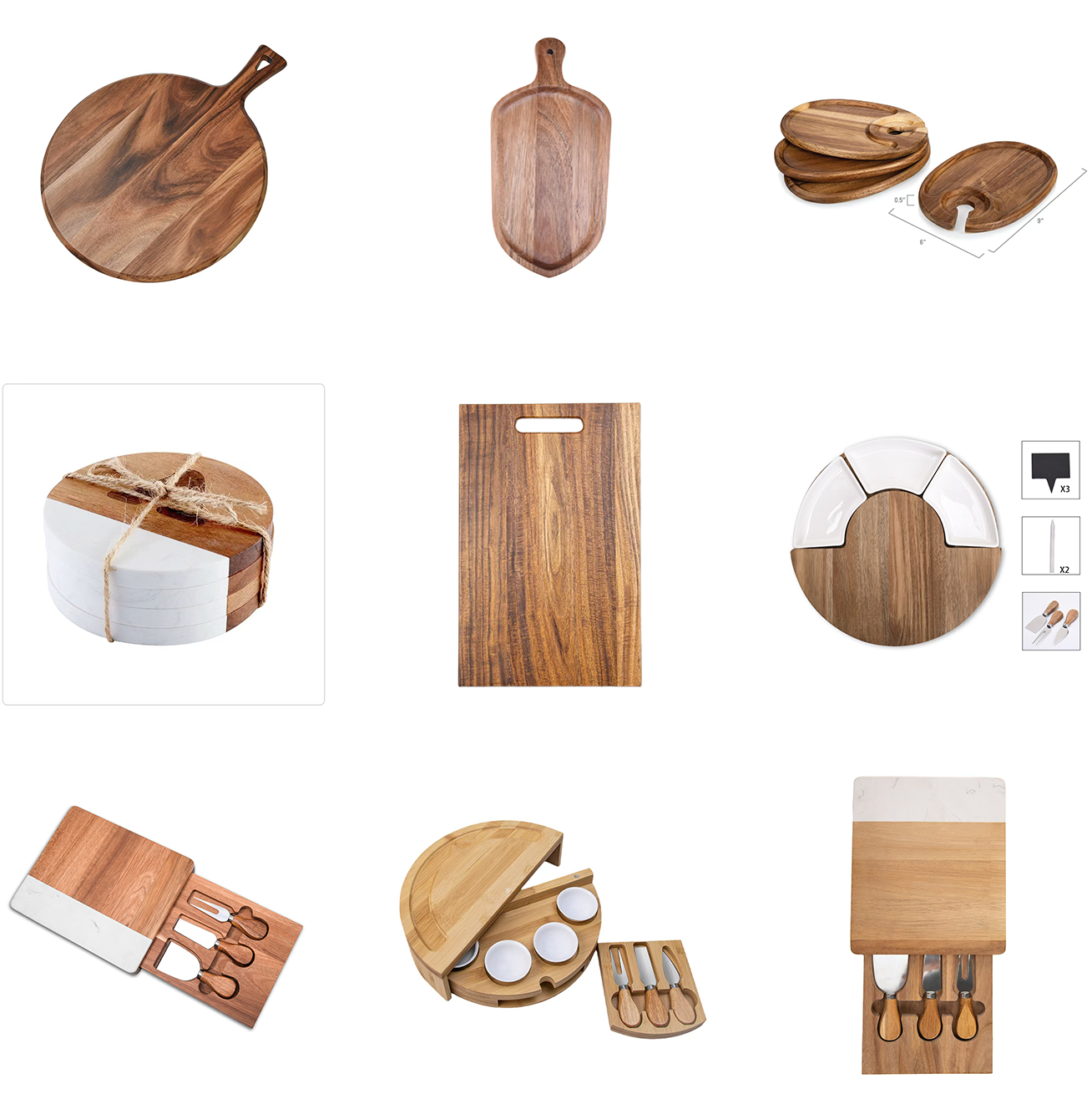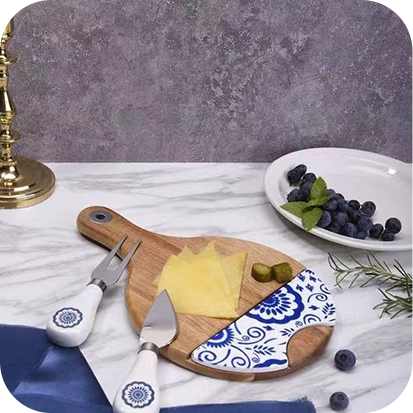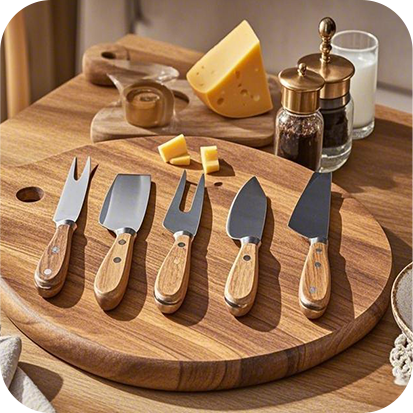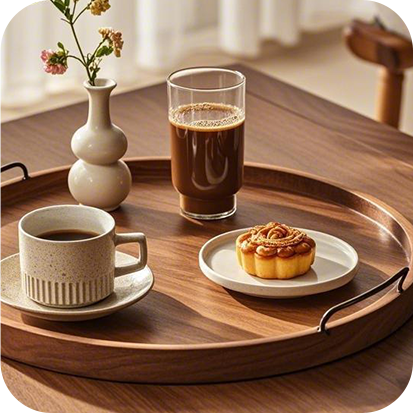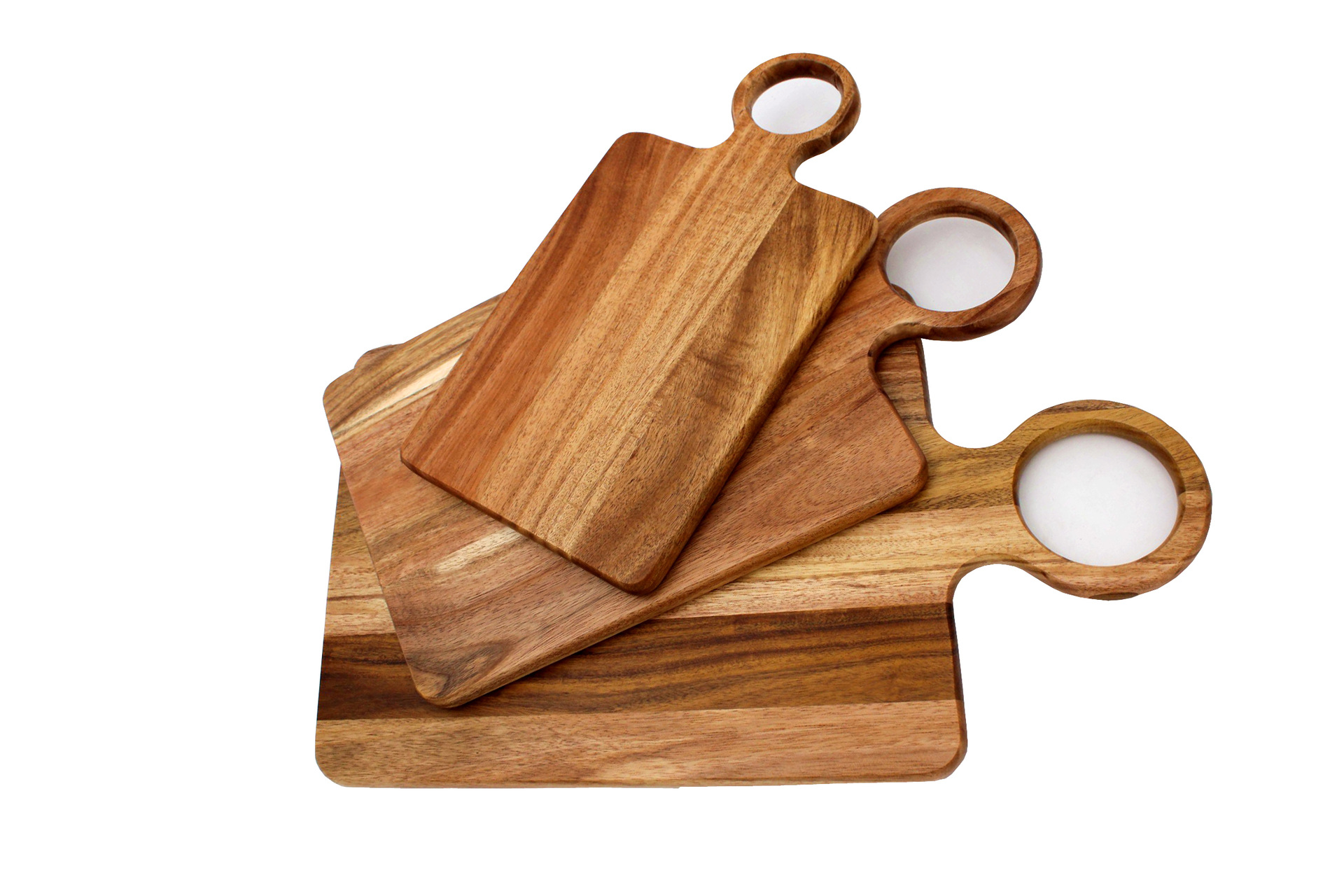
Blending Functionality with Culture: Designing Region-Specific Cutting Boards
Designing a cutting board for global markets isn’t just about aesthetics or durability—it’s also about cultural relevance. Cooking styles, food types, kitchen layout, and even social rituals vary widely across regions, and cutting boards must align with these localized preferences to succeed commercially.
Cultural Relevance in Kitchenware Design
Let’s consider some cultural examples:
In Japan, minimalism and knife precision dominate food prep.
In Italy, charcuterie and antipasti are often served on wood.
In the Middle East, communal dining means bigger, shareable boards.
A generic product simply won’t satisfy all these expectations. That’s where customized cutting boards like the Taste-neutral custom print Acacia wood Cheese platter board come into play—blending international material standards with local culinary habits.
Size, Shape, and Ergonomics
The geometry of a cutting board affects how it’s used:
Rectangular boards are common in Western kitchens.
Round or oval designs are more prevalent in Mediterranean and South Asian cultures.
Sloped edges assist with saucy or juicy dishes, common in Southeast Asian cuisine.
Custom models such as the NSF certified custom print Acacia wood Cheese board are tailored with health certifications for commercial kitchens, yet still integrate design flexibility to match visual preferences.
The Importance of Local Materials and Messaging
Boards like the Eco-friendly custom print Acacia wood Vegetable cutting board respond to growing demand in Europe and North America for sustainable, plant-based design.
Acacia wood is ideal: it’s renewable, ethically sourced, and visually appealing. The right finish also ensures it doesn’t impart taste—crucial in regions where raw fruits, cheeses, or breads are served directly on the board.
Functional Features Tied to Culture
Design functions must meet local culinary techniques:
Juice grooves: Ideal for steak-heavy regions like Argentina or Texas.
Dual-sided boards: Useful in households where cross-contamination is a concern.
Handle cutouts or hanging holes: Traditional in Asian kitchens where storage space is minimal.
For example, the Taste-neutral custom Acacia wood Vegetable cutting board supports wet and dry prep with anti-slip design—an increasingly popular request in Asian and Middle Eastern markets.
Adapting for Local Compliance and Safety
Not all countries accept the same health regulations. That’s why products like the EU food safe on-demand production Acacia wood Prep board are designed to meet or exceed European Union standards while retaining the flexibility for customization in logo or packaging for localized brands.
Think Global, Act Local: Design That Connects
Cutting boards are no longer just utility objects—they’re culinary tools that express identity, values, and regional pride. Brands that succeed globally are those that tailor their products to reflect the nuances of each market they serve.
We, with its strong factory base and international design expertise, helps bring these local ideas to life on a global production scale.
Contact us at: info@justwoodencuttingboard.com
WhatsApp: +86 183 1248 3616
READ MORE:








